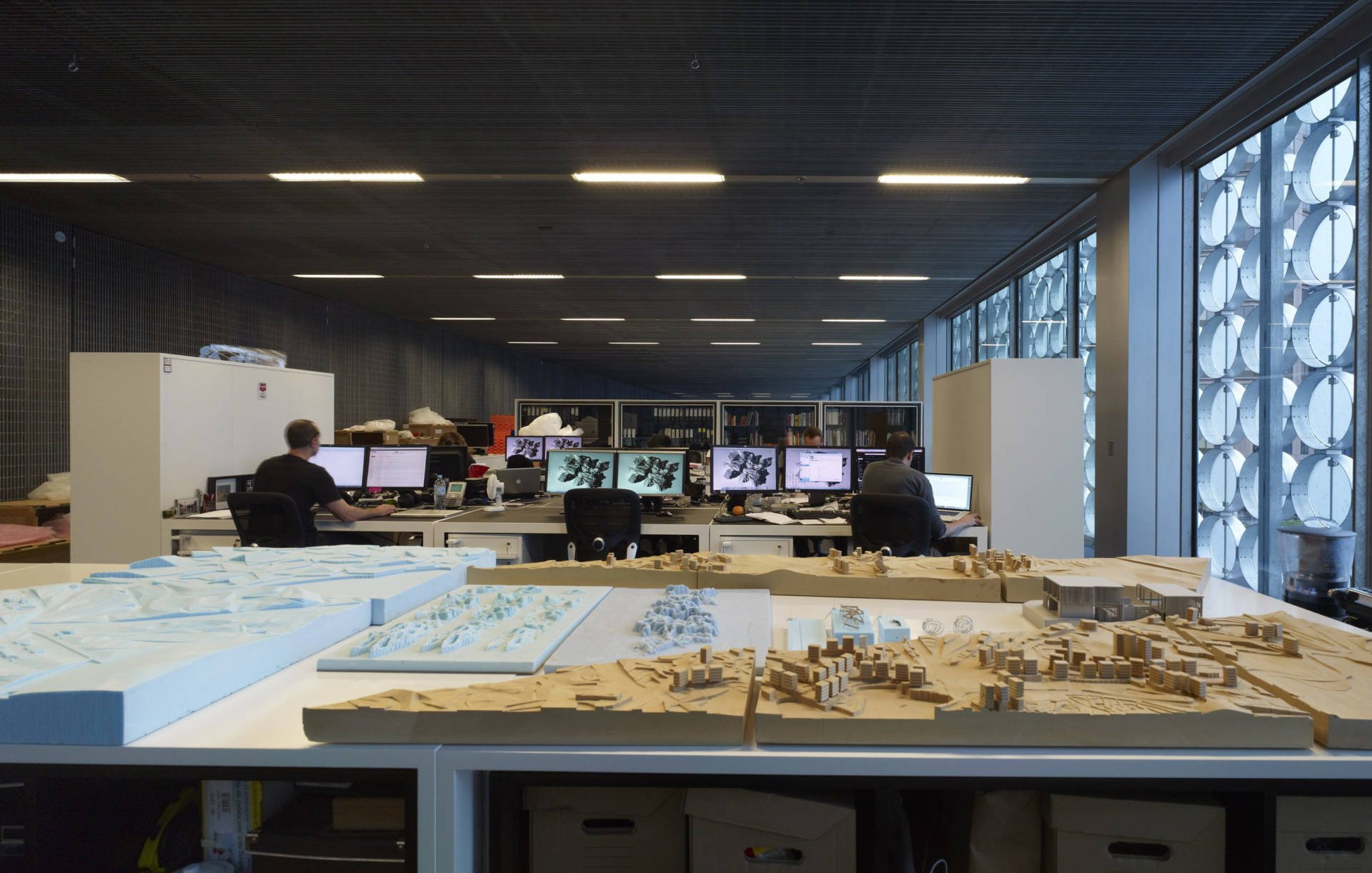Planning for serendipity
Stronger ties between the design sector and universities
We intuitively know the importance of serendipitous connections to the process of innovation. While it would be impossible to pursue research collaboration and commercialisation without formal engagement, it’s possible that an overly structured approach to interactions between industry and universities could be designing out exactly the type of broader, less focused connections that can foster breakthroughs. There are a number of approaches that could deliver these opportunities.
Current research could be promoted in a more coordinated way through a clearinghouse or portal advertising public seminars, workshops and conferences on campuses across the country. Content could be drawn from existing university websites through AI, and curated alerts targeted to areas of interest could link readers to activities and publications across universities and across disciplines.
Research communicators could tap into existing industry structures to highlight opportunities to engage. The role of the communicators would be similar to that of science communicators, but connecting with industry rather than targeting schools or the general public, and covering all types of research rather than science only. It would complement existing university efforts developing partners, collaborators and philanthropy. The variety of pathways from basic research to commercial application could be better promoted. We know from design that the journey from research to commercialisation is generally not linear, and developments are nearly always made within the context of other work. Many notable examples of commercially successful applications were derived from research focused on other aims, underpinned by investment in basic research to maintain currency and standards. Incremental innovation in product development and manufacturing methods has value.
Existing university mechanisms aimed at increasing commercialisation such as industry scholarships and industry members on PhD advisory panels could be further encouraged, and commercialisation plans should be explicitly detailed in ARC linkage grants. This would allow coordination and translation work to be costed and for design to be included from initial planning.
None of the above should draw funding away from research, and efforts to supplement public funds should be supported but again not at the expense of research funding.
The R&D tax incentive should allow industry to make contributions to universities for both specific research projects and to support the work of a centre generally. A business might choose to contribute funds, knowledge or materials to a centre whose program broadly aligns with their industry. That relationship would then be in place for formal partnership grant applications or scholarships. Many of these relationships already exist but modifying the R&D tax incentive would facilitate more businesses making commitments. A further modification to tax rules for business would allow design to be an eligible investment.
These suggestions could make it easier for industry to find a path into university research. Once those initials connections have been made there will be opportunities for designers to share insight into ‘real world’ problems with academics, as well as regulatory and consumer trends shaping future markets and lifestyles. This feedback could help to refine hypotheses and data collection, as well as inform commercialization aims.
Denise Ryan
DIA Senior Policy Adviser
Images: Sean Godsell Architects, RMIT Design Hub, Rory Gardiner, Earl Carter




